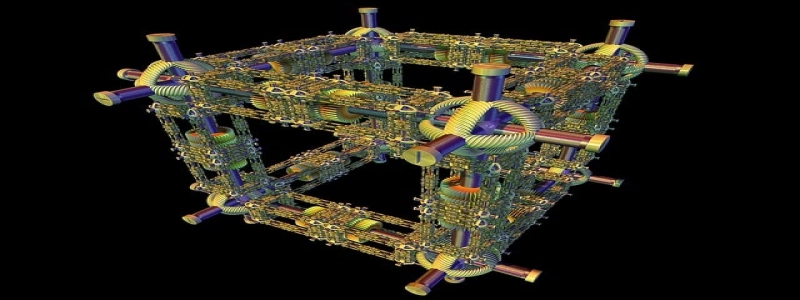Ethernet Aggregation
Introduction:
Ethernet aggregation, also known as link aggregation or EtherChannel, is a networking technology that combines multiple Ethernet links into a single logical link. It allows for increased bandwidth, improved load balancing, and enhanced fault tolerance in Ethernet networks. In this article, we will explore the concept of Ethernet aggregation in detail.
I. What is Ethernet Aggregation?
A. Definition: Ethernet aggregation is the process of combining multiple Ethernet links into a single aggregated link.
B. Purpose: The primary purpose of Ethernet aggregation is to increase the available bandwidth, improve network performance, and enhance fault tolerance.
C. Benefits: Some of the key benefits of Ethernet aggregation include:
1. Increased bandwidth: Aggregating multiple links allows for higher data transfer rates.
2. Load balancing: Traffic can be distributed among the aggregated links, improving network performance.
3. Fault tolerance: In case of a link failure, traffic can be automatically rerouted through other available links, ensuring network uptime.
II. How does Ethernet Aggregation Work?
A. Link Aggregation Control Protocol (LACP): LACP is a protocol used for negotiating and managing the aggregation of Ethernet links. It enables devices to dynamically form link aggregations and exchange information about link status.
B. Link Aggregation Groups (LAGs): LAGs are logical groups of physical Ethernet links that have been aggregated using LACP. These groups appear as a single logical link to the network.
C. Managing Traffic: The aggregated link can be configured to handle traffic using different load balancing algorithms, such as source/destination IP address, MAC address, or transport protocol. This ensures even distribution of traffic across the links.
III. Implementation of Ethernet Aggregation:
A. Hardware Requirements: Ethernet aggregation requires compatible network devices that support link aggregation, such as switches, routers, or network interface cards (NICs).
B. Configuring Aggregated Links: The process of configuring Ethernet aggregation may vary depending on the device manufacturer. Generally, it involves grouping the physical links into a LAG, enabling LACP, and configuring load balancing parameters.
C. Compatibility Considerations: When implementing Ethernet aggregation, it is important to ensure compatibility between the devices involved. LACP support should be checked, and the same load balancing algorithm should be set on both ends of the aggregated link.
IV. Use Cases of Ethernet Aggregation:
A. Data Centers: Ethernet aggregation is widely used in data centers where high bandwidth and fault tolerance are crucial for seamless application and data delivery.
B. Backbone Networks: Aggregating Ethernet links in backbone networks allows for efficient utilization of network resources and improved reliability.
C. High-Performance Computing: Ethernet aggregation is often used in high-performance computing environments to maximize network bandwidth and minimize latency.
Conclusion:
Ethernet aggregation is a powerful networking technology that provides increased bandwidth, improved load balancing, and enhanced fault tolerance in Ethernet networks. By combining multiple Ethernet links into a single logical link, organizations can achieve higher network performance and ensure seamless data transfer. Understanding the concept and implementation of Ethernet aggregation opens up opportunities for optimizing network infrastructures in various industries.








